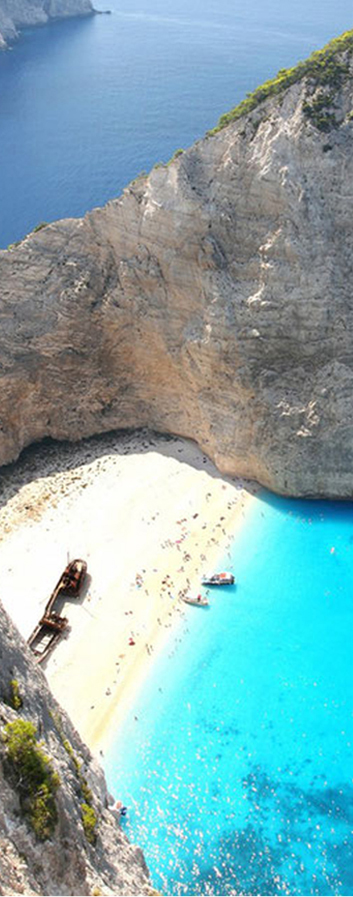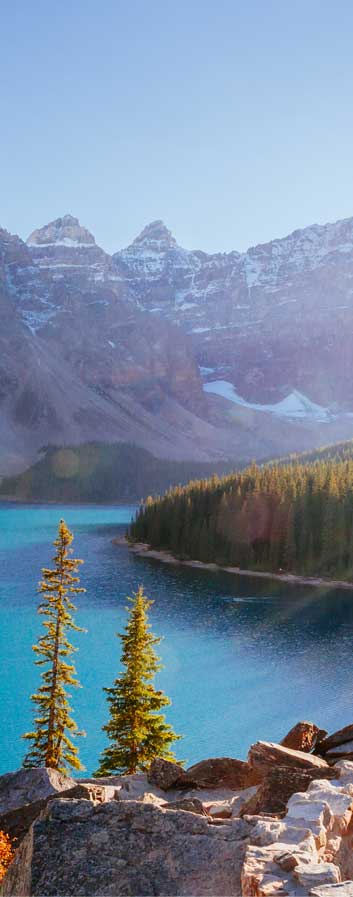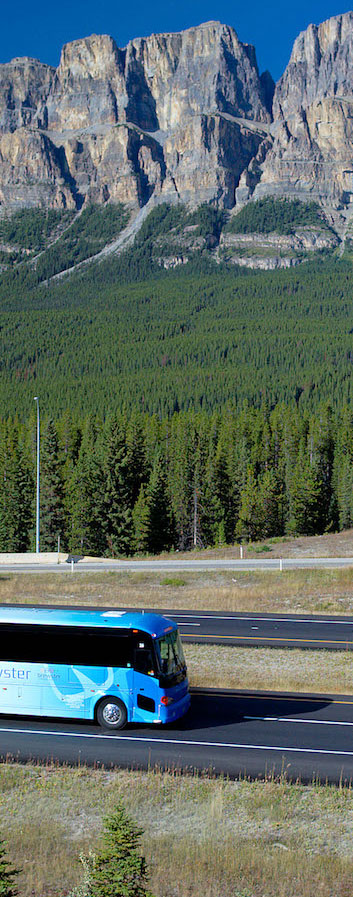Nanzenji Temple
Nanzenji Temple, whose spacious grounds are located at the base of Kyoto's forested Higashiyama mountains, is one of the most important Zen temples in all of Japan. It is the head temple of one of the schools within the Rinzai sect of Japanese Zen Buddhism and includes multiple subtemples, that make the already large complex of temple buildings even larger.
The history of Nanzenji dates back to the mid 13th century, when the Emperor Kameyama built his retirement villa at the temple's present location and later converted it into a Zen temple. After its founding, Nanzenji grew steadily, but its buildings were all destroyed during the civil wars of the late Muromachi Period (1333-1573). The oldest of the current buildings were built after that period.
Nanzenji's central temple grounds are open to the public free of charge, but separate fees apply for entering temple buildings and subtemples. Visitors will first come across Nanzenji's massive Sanmon entrance gate, which extends over the treetops. The gate was constructed in 1628 by the ruling Tokugawa clan for soldiers who died in the siege of Osaka Castle in 1615. It is possible to climb up to the gate's balcony, from where the view extends across the city. Behind the gate is the Hatto (Dharma Hall), a large lecture hall which cannot be entered by the public.
Past the Hatto is the Hojo, the former head priest's residence and Nanzenji's main hall. The Hojo is most famous for its rock garden whose rocks are said to resemble tigers and cubs crossing through water. Also highly regarded are the paintings on fusuma (sliding doors), which include a more realistic depiction of tigers on gold leaf. Visitors enter the Hojo building complex through the former temple kitchen (kuri), where they can also find a small tea room to their right with a view of a miniture waterfall.
Outside the Hojo visitors will come across a rather odd sight: a large brick aqueduct that passes through the temple grounds. Built during the Meiji Period (1868-1912), the aqueduct is part of a canal system that was constructed to carry water and goods between Kyoto and Lake Biwa in neighbouring Shiga Prefecture. Paths run alongside the canal that lead into the surrounding forest.
Nanzenin Temple is one of Nanzenji's subtemples that is open to visitors. It is located just behind the aqueduct on the former location of Emperor Kameyama's original retirement villa, and includes a mausoleum of the emperor, a temple hall and a garden centered around a pond which becomes particularly attractive in autumn.
At the outskirts of the Nanzenji temple complex, Konchi-in Temple is another subtemple open to the public. The temple was founded in 1400, but moved to its present location in the early 1600s. Within Konchi-in there are a variety of buildings, fusuma (sliding door) paintings, rock gardens, a tea house and a small subsidiary of the Toshogu Shrine.
A few steps away is the Tenjuan Temple, which is also open to the public. It is a small subtemple dedicated to the Zen master who served Emperor Kameyama in his religious studies. Tenjuan has a main hall, gate and study which date back to the early 17th century. Tenjuan is noteworthy for its two gardens, a rock garden and a pond garden, which are particularly attractive during autumn when they are illuminated in the evenings. Autumn colors are usually best in mid to late November.


































